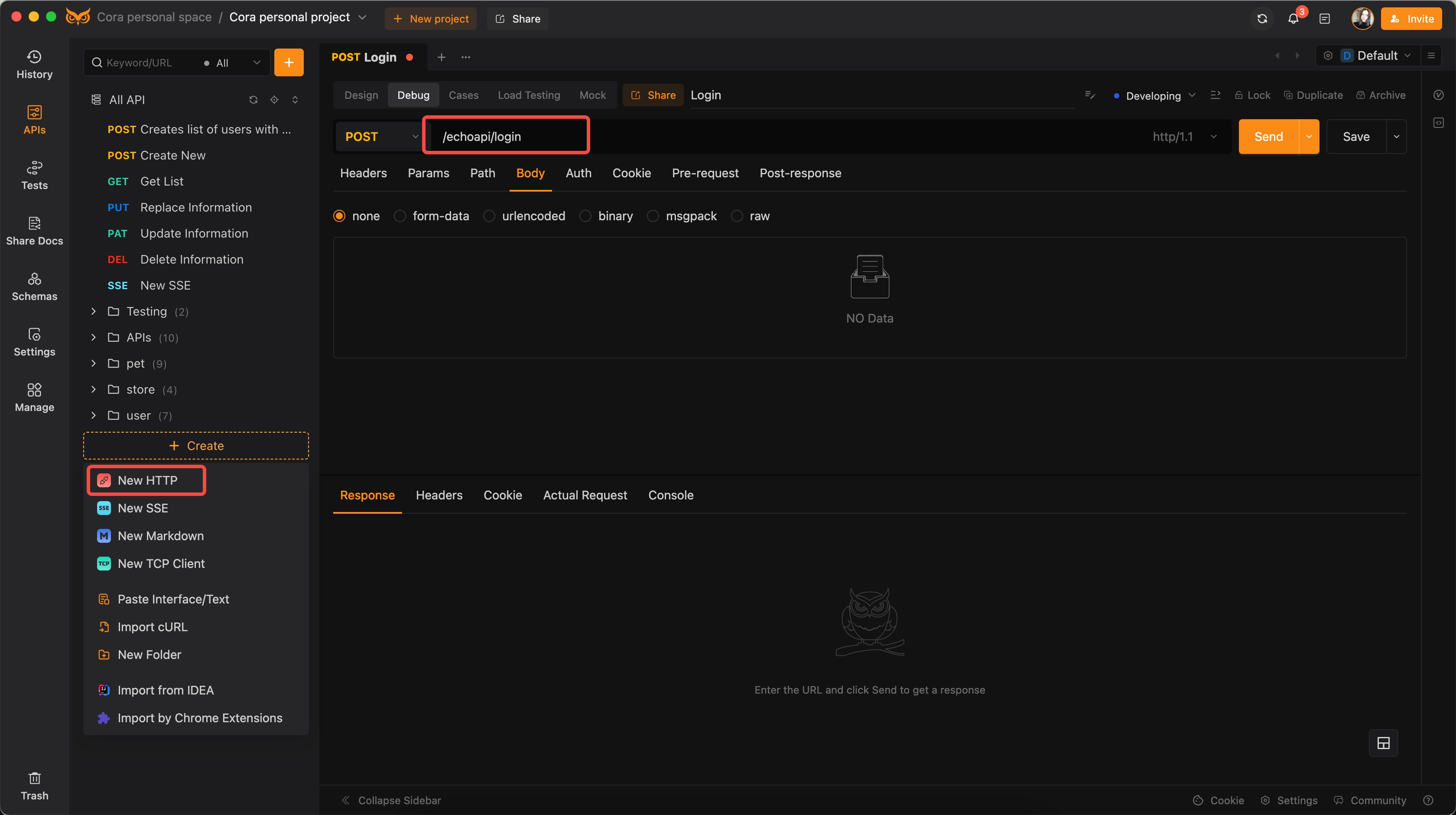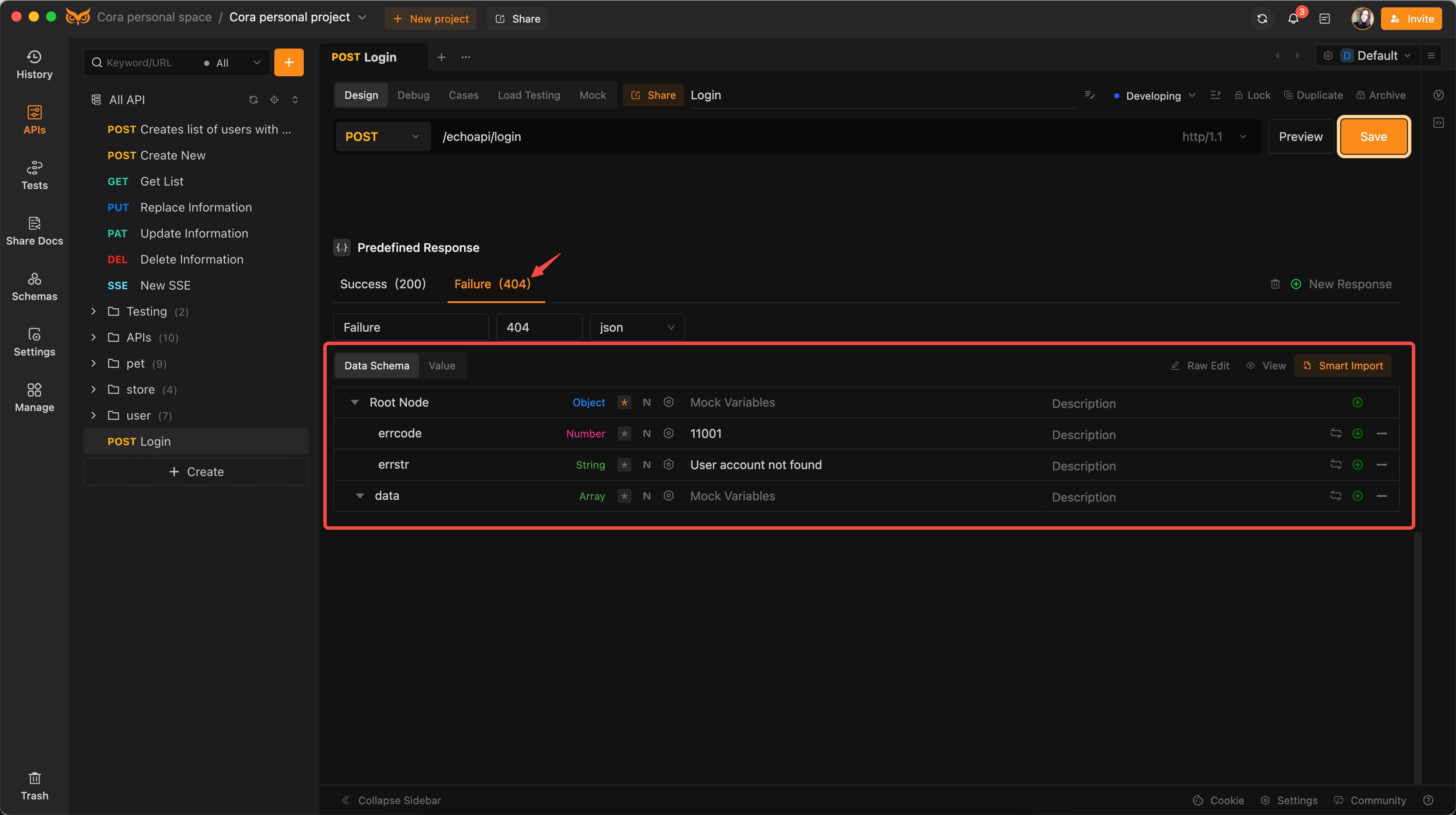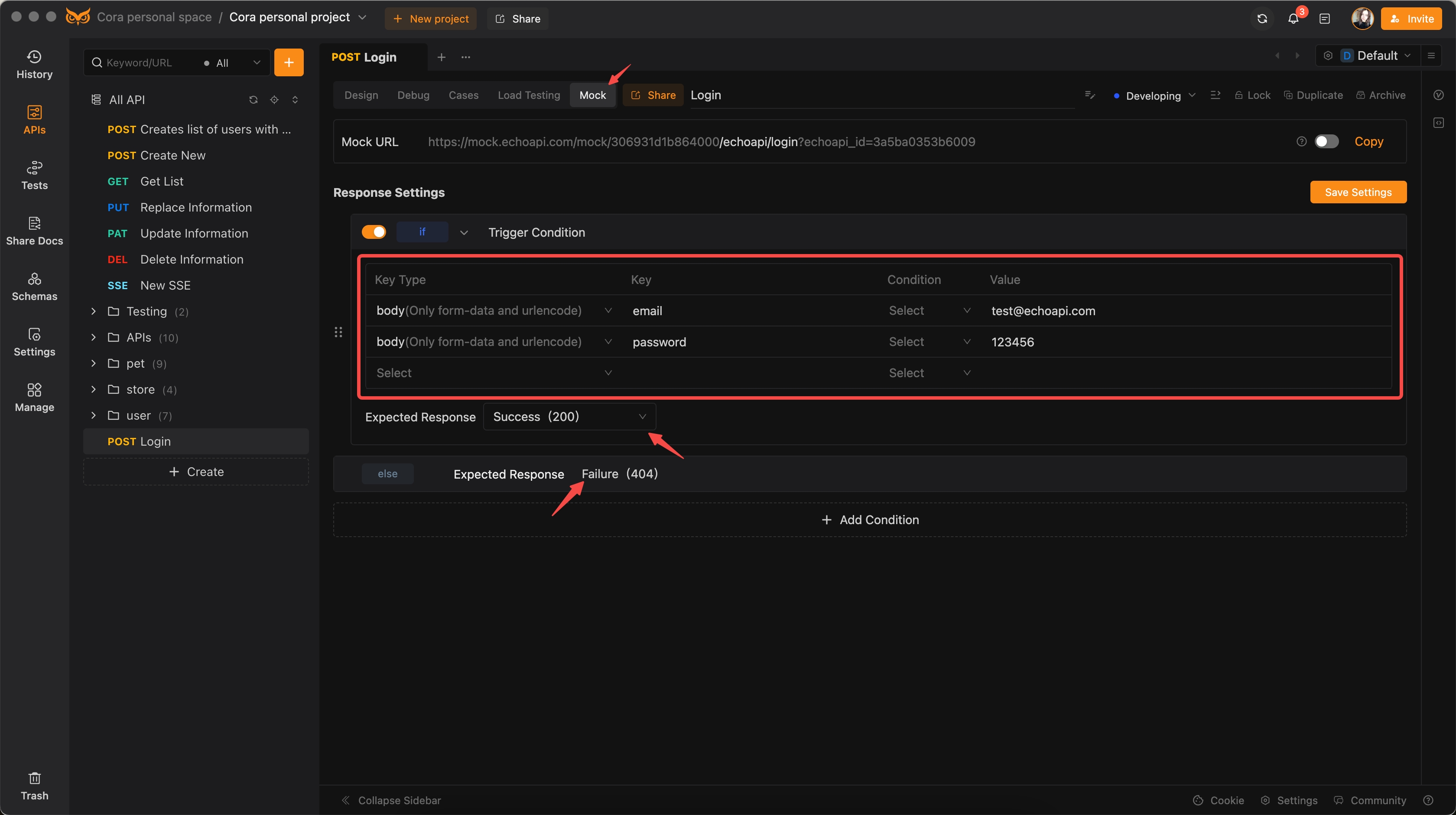Best Practices for API Mocking with EchoAPI
API mocking is crucial in modern software development. By simulating API responses, developers can enable comprehensive testing. Leverage EchoAPI's user-friendly interface and powerful features to improve data simulation and streamline your development workflow.
API mocking is crucial in modern software development. By simulating API responses, developers can enable comprehensive testing. Leverage EchoAPI's user-friendly interface and powerful features to improve data simulation and streamline your development workflow.
What is API Mocking?
API mocking involves creating fake responses for APIs, allowing applications to be tested on how they handle various scenarios without accessing the actual APIs. It is especially useful in scenarios such as:
- Parallel Development: Enables frontend and backend teams to work simultaneously without waiting for each other.
- Consistent Testing: Provides repeatable and predictable tests using predefined responses.
- Early Testing: Allows testing of frontend features before the backend is ready.

Benefits of API Mocking
- Development Segmentation: Allows independent development of frontend and backend, reducing dependencies and enabling parallel work.
- Consistent Testing: Provides predictable and repeatable responses, crucial for automated tests.
- Early Testing: Enables testing of application features before the actual API is fully implemented.
- Cost Efficiency: Reduces the need for extensive backend setups for testing, saving time and resources.
Challenges in API Mocking
Accuracy and Realism:
- Challenge: Mocked responses might not accurately reflect the complexity and variability of actual API responses.
- Impact: Applications may work well with mock data but fail under unforeseen real-world data conditions.
Maintenance Overhead:
- Challenge: Keeping mocks up-to-date with the evolving real API can be time-consuming.
- Impact: Outdated mocks can lead to false positives where tests pass in mock environments but fail with live data.
Coverage Limitations:
- Challenge: Mocks can't cover every edge case and error scenario occurring in real-world environments.
- Impact: Potential for overlooking bugs, reducing application robustness.
Best Practices for Using Mock Services with EchoAPI
EchoAPI is a comprehensive tool for designing, debugging, and testing API interfaces. It supports mock services, allowing developers to simulate API responses effectively. Here are the best practices for using mock services with EchoAPI:
1. Create a New HTTP Request
Define the URL as /echoapi/login.

2. Set Expected Responses
Configure expected responses in the design section.
Example of Successful Response Configuration:
{
"errcode": 0,
"errstr": "success",
"data": {
"userId": "9252A47b-0E3B-98d5-DfAC-526b87A5f14f",
"email": "test@echoapi.com",
"nickName": "Alex"
}
}

Example of Failed Response Configuration:
{
"errcode": 11001,
"errstr": "User account not found",
"data": []
}

3. Set Mock Trigger Conditions
Set conditions for triggering the mock in the Mock section. Expect success for "email"="test@echoapi.com" and "password"="123456"; otherwise, expect failure.

4. Enable Mock Mode
Activate the mock service and switch to the mock environment before sending the API request.

Example of Failure

By following these steps, you can efficiently set up and use mock services with EchoAPI, streamlining frontend development and testing.
Real-World Use Cases

Frontend Development
Use mock APIs to jumpstart frontend application development without waiting for the backend to be ready. This approach facilitates parallel development and speeds up the overall process.
Automated Testing
Mock APIs are crucial for automated testing, offering consistent responses that make it easier to write reliable tests. Integrate with tools like Jest or Cypress to test various components and workflows.
Prototyping
Quickly set up necessary backend interactions for prototypes or proofs of concept without building actual backend services.
Conclusion
Mock APIs are not merely a convenience; they are a vital component of modern software development. By leveraging mocking, you can accelerate development, enhance testing, and improve collaboration between teams. Integrate mock APIs into your projects and experience their benefits firsthand!




 EchoAPI for VS Code
EchoAPI for VS Code

 EchoAPI for IntelliJ IDEA
EchoAPI for IntelliJ IDEA

 EchoAPl-Interceptor
EchoAPl-Interceptor

 EchoAPl CLI
EchoAPl CLI
 EchoAPI Client
EchoAPI Client API Design
API Design
 API Debug
API Debug
 API Documentation
API Documentation
 Mock Server
Mock Server








